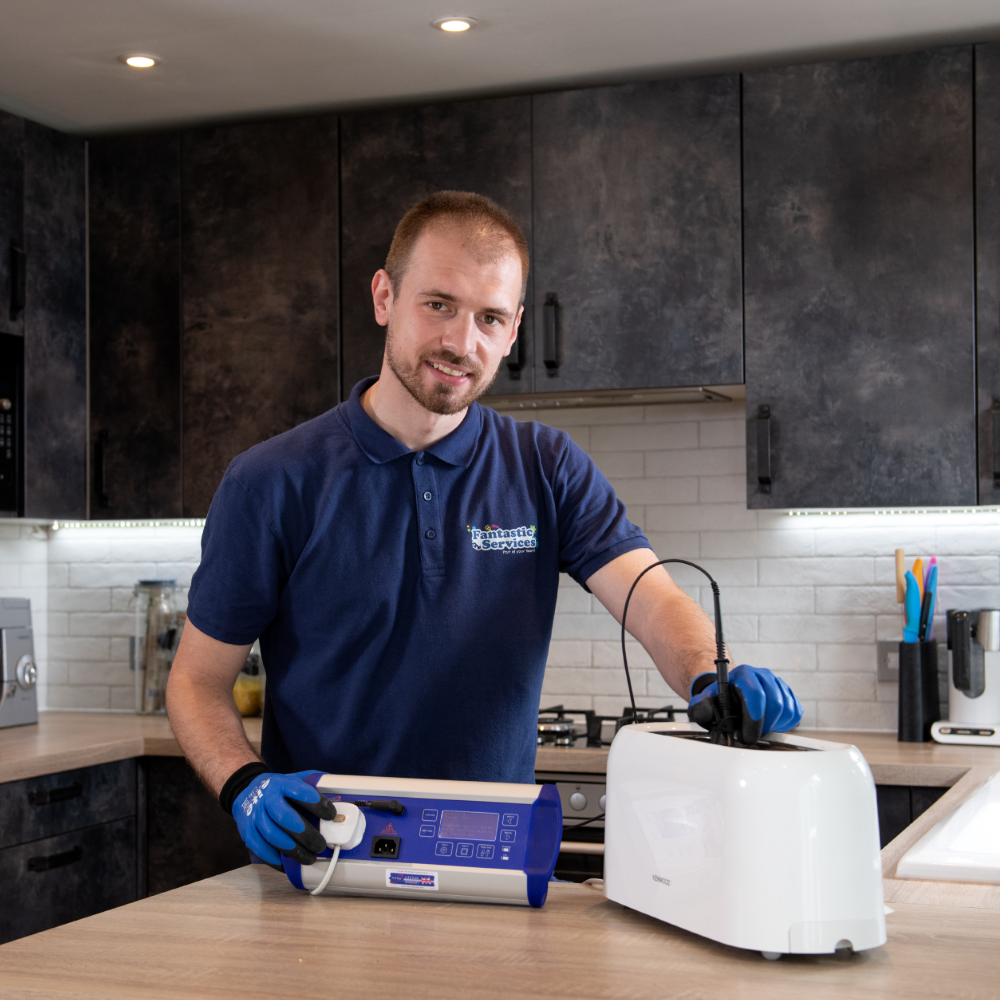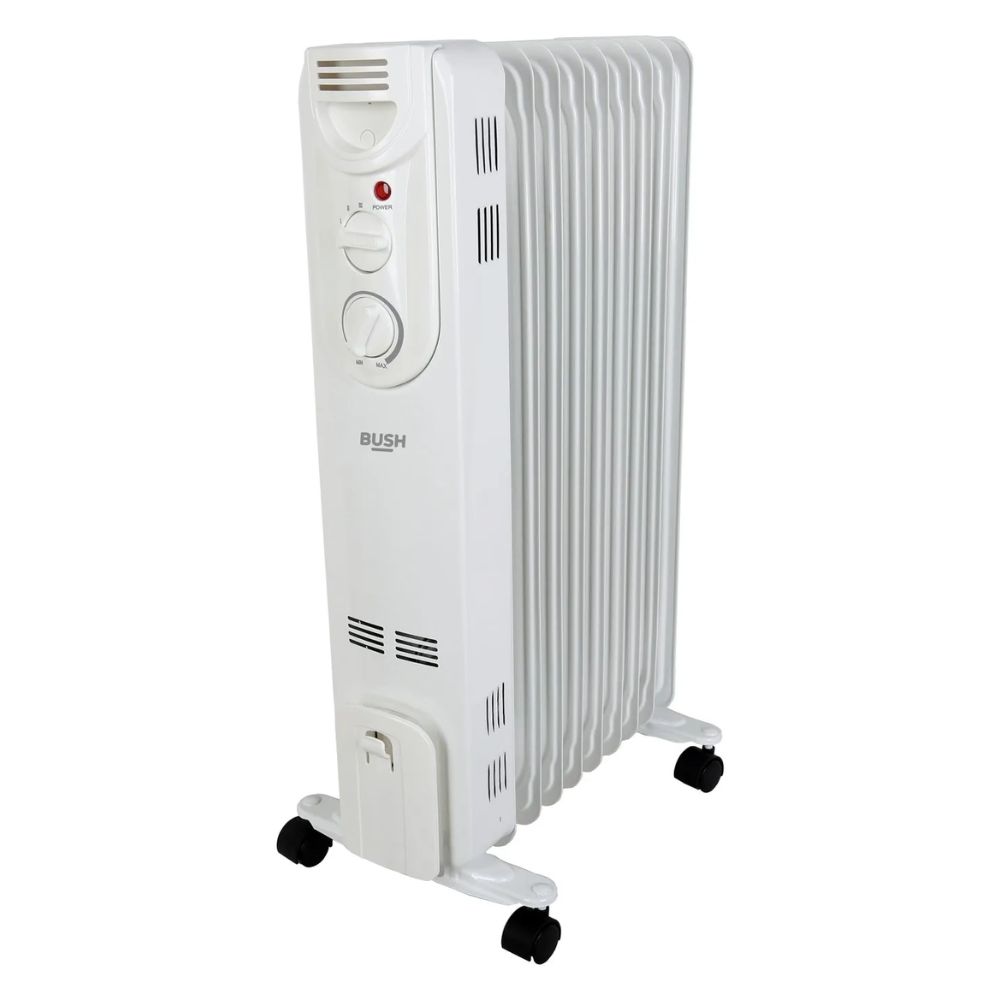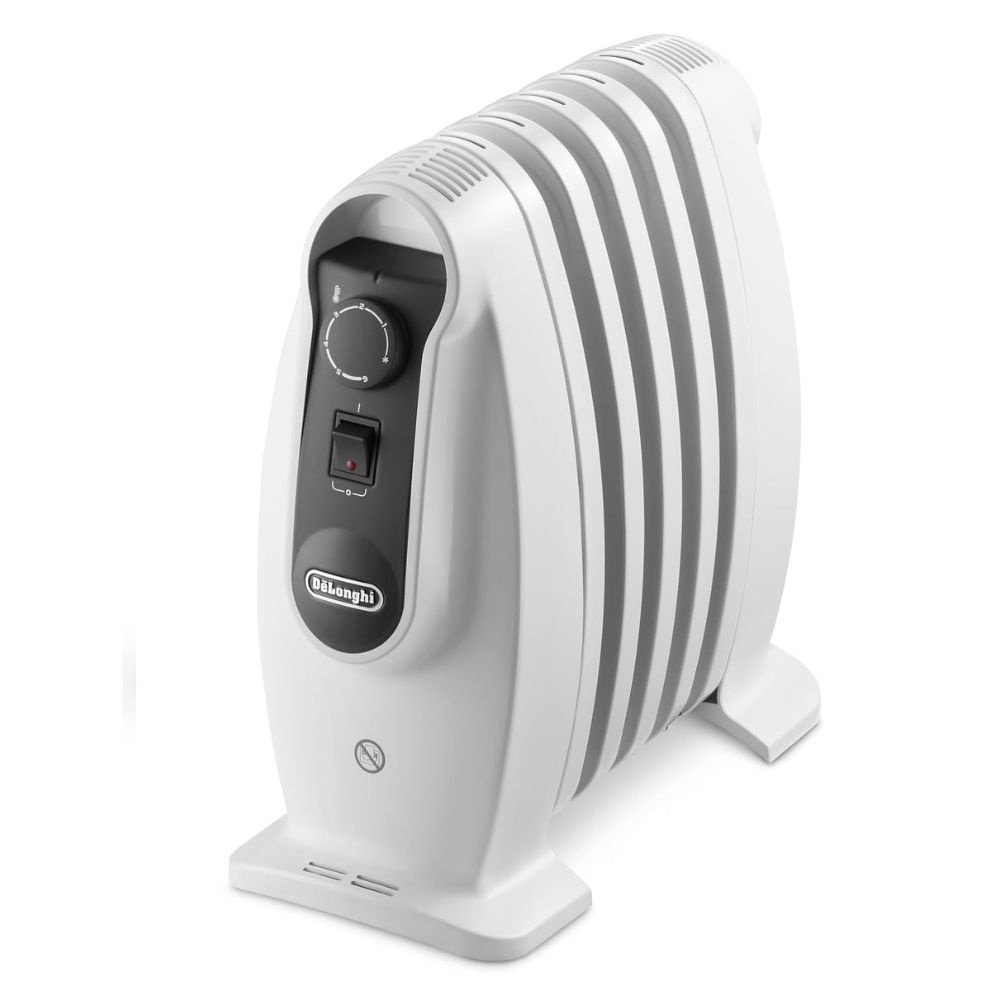Should you leave an oil-filled radiator on overnight? We asked experts about the potential risks
Don’t lose sleep over safety, here’s what to know about using an oil-filled radiator overnight

Oil-filled radiators are a popular way to warm up a bedroom or home office without switching on the full heating. They’re quiet, steady and generally efficient – which naturally begs the question: are they safe to leave on overnight?
Modern radiators come with far better safety features than older portable heaters, but there are still a few things worth knowing before you drift off to sleep with one running. Our helpful guide breaks down how these types of radiator are designed to be used safely, and the situations where a little extra care is required.
Are oil-filled radiators safe to use overnight?
In most cases, yes – a modern oil-filled radiator can be safe to leave on overnight, as long as you’re using a well-designed model and setting it up properly.
Licensed electrician and HVAC specialist David Miloshev from Fantastic Services explains that these heaters are built for extended use, thanks to a sealed heating element and slow, steady output. This design means there’s “no exposed coil, no open flame and no risk of the oil burning,” making them one of the safest options for long runtimes.
Gas Safe engineer Patrick Garner from Heatable agrees, adding that the lower surface temperatures on oil-filled radiators “reduce the risk of burns or ignition” compared with other portable heaters.
Both experts stress the same point: the heater itself is rarely the problem. Safety comes down to choosing a model with proper protections – such as overheat cut-off, tip-over protection and a good thermostat – and using it exactly as the manufacturer intends. When those boxes are ticked, they say overnight use is generally considered safe.

David Miloshev is an appliance technician and certified electrician with over five years’ experience at Fantastic Services. He has a strong grasp of the systems that keep homes running smoothly, and his training means he’s well-equipped to diagnose and repair a wide range of appliance issues.

Patrick Garner is a seasoned Gas Safe certified engineer and the dedicated leader of the heating system installations team at Heatable, with extensive experience in boilers, heat pumps, and home energy solutions.
What are the risks?
While oil-filled models are considered one of the safest types of portable heater, overnight use can still be risky if the setup isn’t right. Both experts agree that the main issues stem from how the heater is used, rather than the appliance itself.
Bring your dream home to life with expert advice, how to guides and design inspiration. Sign up for our newsletter and get two free tickets to a Homebuilding & Renovating Show near you.
Improper placement is the biggest concern. David Miloshev warns that these heaters need plenty of breathing room, with ideally around a metre on all sides. Pushing one against bedding, curtains or piles of clothes can trap heat and cause fabrics to scorch. And Patrick Garner adds that draping clothes or towels over the unit is a common mistake that can quickly lead to overheating (so try drying clothes with a dehumidifier or tumble dryer instead).
You shouldn't overlook your electrical setup either. Miloshev strongly advises against using extension leads, power strips or multi-plug adapters, explaining that they can overheat under prolonged load and fail. He also notes that older wiring, buzzing outlets or warm plug sockets should be treated as red flags. In these cases, an overnight run simply isn’t safe until the electrical issue is fixed.
Ventilation and room size play a role. Using an oil-filled radiator in very small or enclosed spaces can cause heat to build up faster than the thermostat can manage. This forces the heater to work at full power for longer, increasing strain on its safety components.
Finally, don’t ignore visible wear and tear. Frayed cables, dented fins, loose wheels or a thermostat that cuts in and out irregularly all compromise the safety of a machine. As Garner points out, most problems arise “from misuse rather than the appliance itself” – so keeping the heater in good condition is important.
Used sensibly and placed with care, the risks remain low. But if any of these warning signs apply, it’s best not to leave the heater running while you sleep.
Safety tips for overnight use
If you do plan to run an oil-filled radiator while you sleep, a few simple habits can make a big difference to how safely it works:
- Give it plenty of space Keep at least a metre around the heater and make sure nothing – especially bedding, curtains or clothes – can fall onto it. This helps the thermostat work properly and prevents heat from building up.
- Use the thermostat and timer A built-in thermostat keeps the radiator from running flat-out all night, while a timer lets you set gentle background heat rather than continuous output. This reduces strain on the unit and saves energy.
- Plug it directly into a wall socket Never use an extension lead or multi-plug adapter. As electrician David Miloshev explains, they can overheat under sustained load. A grounded wall socket on its own circuit is always the safest choice.
- Check the cable and plug Look for fraying, kinks, scorch marks or a plug that feels warm during use. Any damage means the heater shouldn’t be used until repaired or replaced.
- Choose the right room Oil-filled radiators work best in well-ventilated bedrooms or living spaces. Avoid very tight or enclosed rooms where heat can build up faster than the thermostat can keep up. Wobbly floors or uneven carpets also increase the chance of the heater tipping, even if it has tip-over protection. A firm, flat spot is ideal.
Shop 3 of the best oil-filled radiators
Portable heaters are handy for quick, targeted warmth, but long-term comfort comes from choosing the right heating system for your space. From skirting board heating to traditional radiators, explore which heat emitter suits your home best with advice from our experts.

Gabriella is an interiors journalist and has a wealth of experience creating interiors and renovation content. She was Homebuilding & Renovating's former Assistant Editor as well as the former Head of Solved at sister brand Homes & Gardens, where she wrote and edited content addressing key renovation, DIY and interior questions.
She’s spent the past decade crafting copy for interiors publications, award-winning architects, and leading UK homeware brands. She also served as the Content Manager for the ethical homeware brand Nkuku.
Gabriella is a DIY enthusiast and a lover of all things interior design. She has a particular passion for historic buildings and listed properties, and she is currently in the process of renovating a Grade II-listed Victorian coach house in the West Country.



